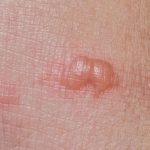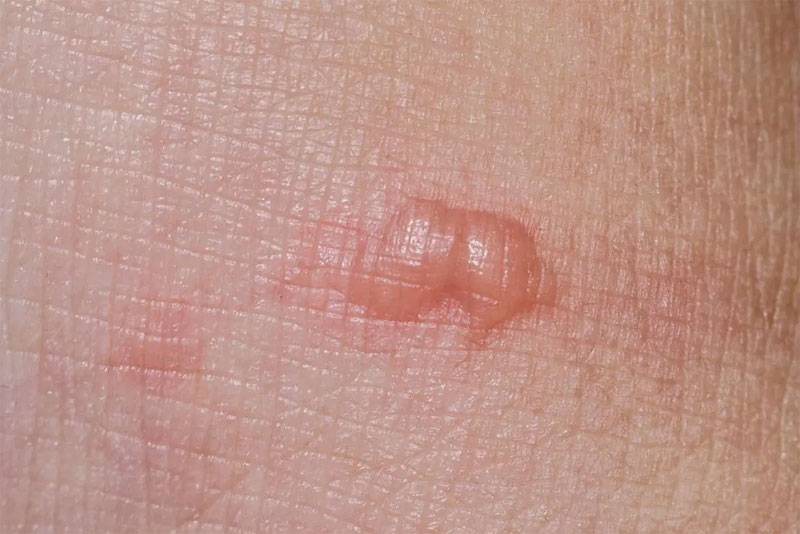 An illness in which the patient has a fever and swollen lymph glands, thought to be caused by a bacterium transmitted to humans by the scratch of a cat. It may also result from scratching with other sharp points.
An illness in which the patient has a fever and swollen lymph glands, thought to be caused by a bacterium transmitted to humans by the scratch of a cat. It may also result from scratching with other sharp points.
A disease, believed to be caused by a virus, that is transmitted by scratches or bites from apparently healthy cats. Symptoms include swollen lymph nodes, fever, headache, and nausea.
An infectious virus disease transmitted to man following injury to the skin by a cat scratch, splinter, or thorn. Mild fever and glandular swelling develop about a week after infection. In some cases serious abscess formation occurs, but generally recovery is complete.
An infection in humans caused by a small gram-negative bacillus (Bartonelli henselae). The domestic cat is a reservoir for the bacteria, and up to 50 per cent of the cat population may be affected. The disorder manifests itself as a skin lesion 3-10 days after a minor scratch; within two weeks the victim’s lymph glands enlarge and may produce pus. Fever, headache and malaise occur in some patients. Antibiotics do not seem to be effective. The skin lesion and lymph-gland enlargement subside spontaneously within 2—5 months.
An unusual condition that manifests in individuals, primarily children, who have experienced a scratch or bite from a cat. The resulting fever stems from an infection caused by a bacterium known as Bartonella Henselae.
The primary manifestation, typically emerging within three to ten days following the scratch or bite, is the swelling of a nearby lymph node. This lymph node may become sensitive and painful, accompanied by the potential development of an infected blister at the injury site. Additional symptoms may include fever, rash, and headache.
The diagnosis of cat-scratch fever is verified through a biopsy, involving the extraction of a small tissue sample for microscopic examination, taken from the swollen lymph node. Additionally, a skin test may be conducted. Analgesic medications, also known as painkillers, may be administered to alleviate fever and headache. In the majority of cases, the illness resolves completely within a span of two months.
A condition marked by swollen glands, a skin rash, and overall body symptoms, which manifests 7 to 14 days after one has been scratched by a cat. While the exact cause is unknown, a virus is suspected to be the culprit.
